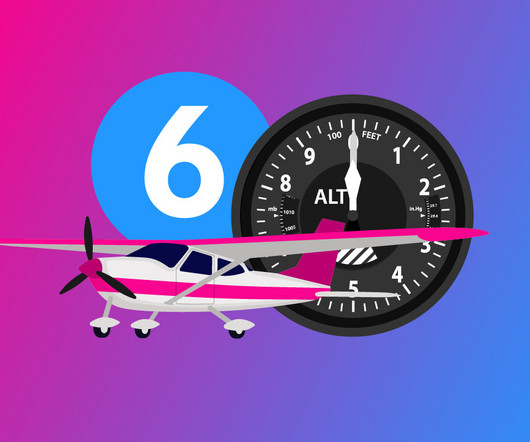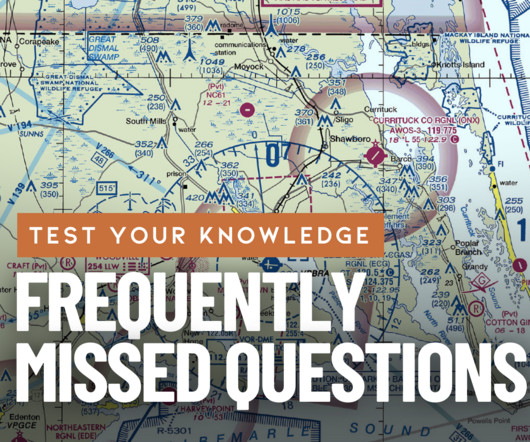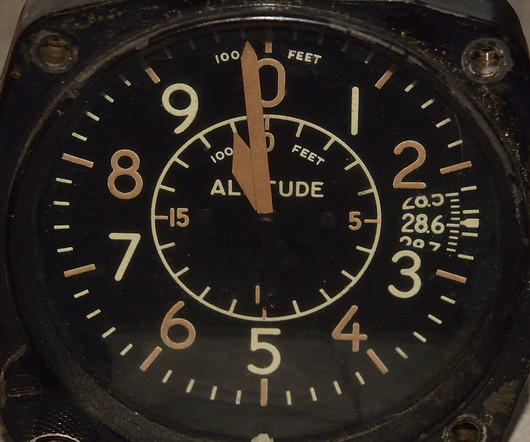The Pitot-Static System: How It Works
Pilot Institute
DECEMBER 12, 2024
” The answers come from a clever little setup on your airplane: a metal tube sticking into the airstream and a tiny hole on the fuselage. It helps measure how fast the airplane is going by measuring the air pressure. The other important part of the system is a tiny hole on the side of the airplane, called a static port.













Let's personalize your content